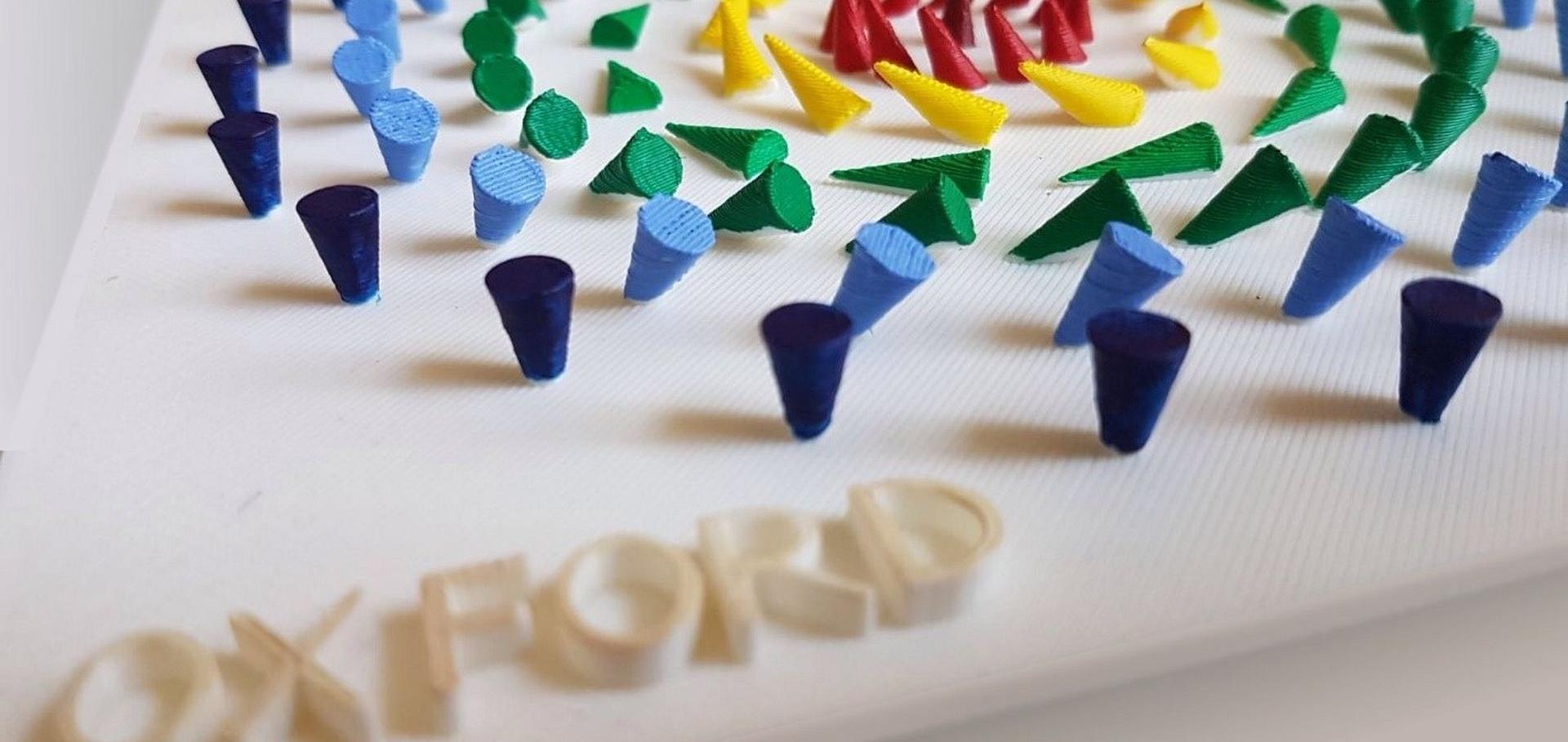Magnetic Cr doping of Bi2Se3: Evidence for divalent Cr from x-ray spectroscopy
Physical Review B American Physical Society (APS) 90:13 (2014) 134402
Preparation of layered thin film samples for angle-resolved photoemission spectroscopy
Applied Physics Letters AIP Publishing 105:12 (2014) 121608
Magnetic ordering in Cr-doped Bi₂Se₃ thin films
Europhysics Letters European Physical Society 107:5 (2014) 57009-57009
Abstract:
We report the structural and magnetic study of Cr-doped Bi2Se3 thin films using x-ray diffraction (XRD), magnetometry and polarized neutron reflectometry (PNR). Epitaxial layers were grown on c-plane sapphire by molecular beam epitaxy in a two-step process. Highresolution XRD shows the exceptionally high crystalline quality of the doped films with no parasitic phases up to a Cr concentration of 12% (in % of the Bi sites occupied by substitutional Cr). The magnetic moment, measured by SQUID magnetometry, was found to be ∼2.1 μB per Cr ion. The magnetic hysteresis curve shows an open loop with a coercive field of ∼10 mT. The ferromagnetic transition temperature was determined to be 8.5 K analyzing the magnetizationtemperature gradient. PNR shows the film to be homogeneously ferromagnetic with no enhanced magnetism near the surface or interface.Three dimensional magnetic abacus memory
Scientific Reports Nature Publishing Group 4:1 (2014) 6109
Abstract:
Stacking nonvolatile memory cells into a three-dimensional matrix represents a powerful solution for the future of magnetic memory. However, it is technologically challenging to access the data in the storage medium if large numbers of bits are stacked on top of each other. Here we introduce a new type of multilevel, nonvolatile magnetic memory concept, the magnetic abacus. Instead of storing information in individual magnetic layers, thereby having to read out each magnetic layer separately, the magnetic abacus adopts a new encoding scheme. It is inspired by the idea of second quantisation, dealing with the memory state of the entire stack simultaneously. Direct read operations are implemented by measuring the artificially engineered ‘quantised’ Hall voltage, each representing a count of the spin-up and spin-down layers in the stack. This new memory system further allows for both flexible scaling of the system and fast communication among cells. The magnetic abacus provides a promising approach for future nonvolatile 3D magnetic random access memory.Comparison of Au and TiO2 based catalysts for the synthesis of chalcogenide nanowires
Applied Physics Letters AIP Publishing 104:25 (2014) 253103


